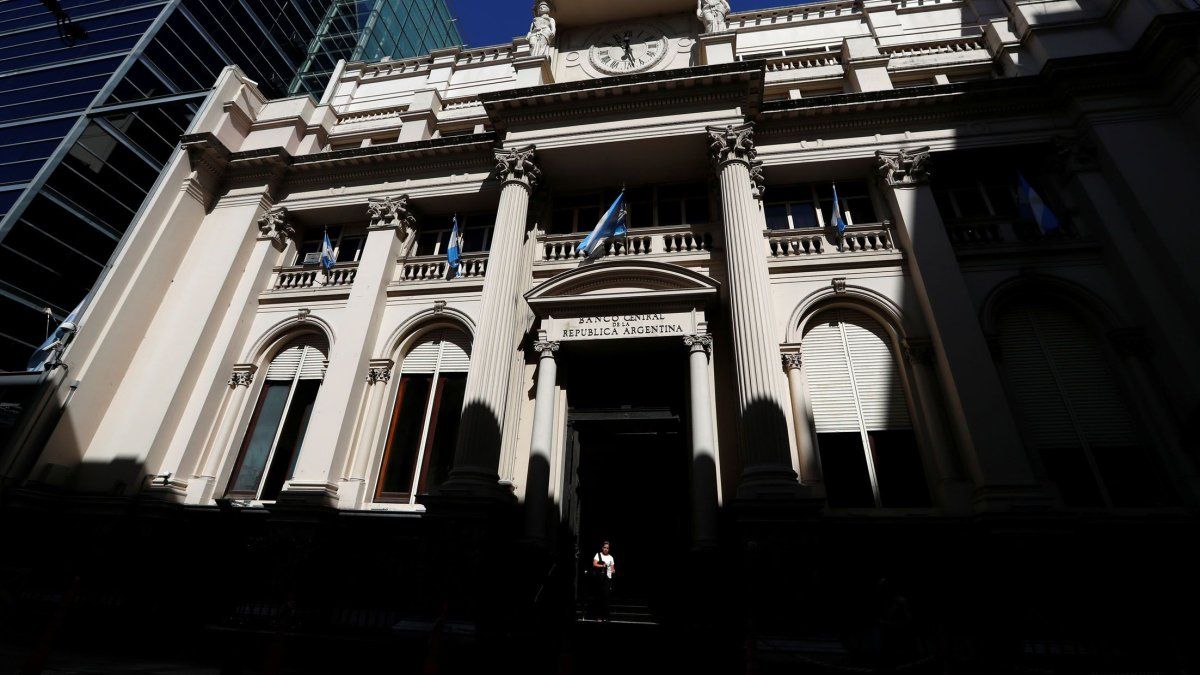You are told social classperhaps to the life status of a person or a group of them, which can be classified according to their socioeconomic status at different levels.
Although each citizen is master and slave of himself, it also occurs in the class struggle of a society that ultimately becomes an internal struggle with oneself to have a better standard of living, social status. or self-improvement.
Historically, in all parts of the world social classes are divided into 3 sectors. Lower class, middle class and upper class. It’s that simple.
Now, the social, cultural, and basically socio-economic advancement of the people, added to the terrible government management and lack of public policies aimed at the social development of a community, led many countries, mainly Argentina, to lose historical traditionalism. and innovate on social classes that emerge from the usual ones.
We no longer analyze the low, middle or high sectors: we have lost the policies to combat poverty, it has become functional to the vote and latent in sectors that do not wish to elevate their class.
In Argentina, we continue to debate the dilemma of alleviating poverty with material aid and injections of public spending, leaving aside the struggle of alleviating poverty with educational development and own merit. Is there a true formula to combat poverty and rise in social class?
The answer to that question seems negative in our country, where the 3 traditional social classes were losing pragmatism and fragmented in such a way that the socioeconomic, cultural and educational deterioration became more acute.
Thus, the lower class was transformed into a poor class split in two; the middle class She became vulnerable and a fighter, being a worker in Argentina, with a paycheck and with all the privileges of social security is no longer middle class, if not being a worthy poor, there is a minimum conservation of the traditional middle class; and one upper classwhich today we can call well-off in an uncomfortable country.
The different social classes from an economic point of view:
1) We have, perhaps a very high percentage of the population that is in the POVERTY. This sector lives in a chronic state of constant need. In economic terms, they can be measured in income ranging from $160,000 to $285,000.- In terms of the labor market, the vast majority of workers who are not registered are grouped here, they are black and they are blacked with salaries well below the 300 union salary scales.
2) Then we have a sector that, although they are not in poverty, are in a situation of total economic vulnerability bordering on poverty, but they are not. Are the WORKING CLASS. Those who were previously Middle Class. This sector struggles daily to satisfy the basic needs of life. In economic terms, they can be measured in income ranging from $285,000 to $350,000. These 5 million private employees. Here are the 300 union salary scales. This group works from Monday to Friday, the majority, between 6 and 8 hours, have their money insured per month, but they do not make it to the end of the month and if they do make it, they do it financed with a credit card or by asking for a salary advance from their employer. the last days of the month. They scratch the last days of the month begging for the arrival of the salary the first days of the following month. This type of total economic vulnerability has a job, they have a salary receipt with social work and all the contingencies of social security. This group, saving all year and sacrificing some of their lives, can go on vacation for 14 days in the summer to the Argentine coast, when before they went abroad. They are an average society, but economically vulnerable. A part of this sector has a parallel income with some direct sales or through social networks to complement their salary and be able to indulge themselves.
3) Now we analyze the center. The FRAGILE MIDDLE CLASS are the income that ranges from $350,000 to $440,000. This sector is a product of the political class that caused the traditional middle class to fragment into a very fragile middle class and a volatile economic situation. They make ends meet because they are owners or were lucky to be able to buy some property at another time or inherit it. Likewise, this new fragile middle class has a growing level of rationality and university studies, the technical labor aspect being more limited by their professionalism in their functions.
4) Then we have tradition middle class. The famous and missing “ARGENTINE TRADITIONAL MIDDLE CLASS” since the $440,000 to $1,500,000. The famous and always sustained Argentine middle class. In other times, belonging to the Argentine middle class was an acceptable status, you indulged yourself occasionally, made ends meet and took a trip abroad every year. This class was always made up of senior hierarchical officials or bosses in their jobs with a very high technical labor qualification, where it was not necessary to tell them how to do their job because being professionals, they knew how to do it. In the Argentine middle class, apart from independent professionals, there is a small group of employees, who today we call CEOs or business directors.
5) Finally, and in a tiny percentage of Argentine society, what we previously called the high social class. Now they are COMFORTABLE SECTORS, that their economic income starts in $1.5 million and they have no roof. A minimal sector of society that lives comfortably. This class has a particular characteristic that is a high level of qualified study. Not only complete secondary school but also university. The so-called thinking or rational class. A group that is not easily convinced of the electoral point of view, much less influenced by the political class. In fact, a colorful fact, if we analyze the electoral absenteeism in the PASO of August of this year, the 11 million Argentines who did not go to vote, not to say all of them, are in this rational well-off social class that does not allow itself influence or convince by the candidates or rather by politics.
From the analysis we notice an increasingly fragmented and dismembered society due, from my point of view, to the absence of basic public policies and reforms that never arrive.
Source: Ambito
David William is a talented author who has made a name for himself in the world of writing. He is a professional author who writes on a wide range of topics, from general interest to opinion news. David is currently working as a writer at 24 hours worlds where he brings his unique perspective and in-depth research to his articles, making them both informative and engaging.




